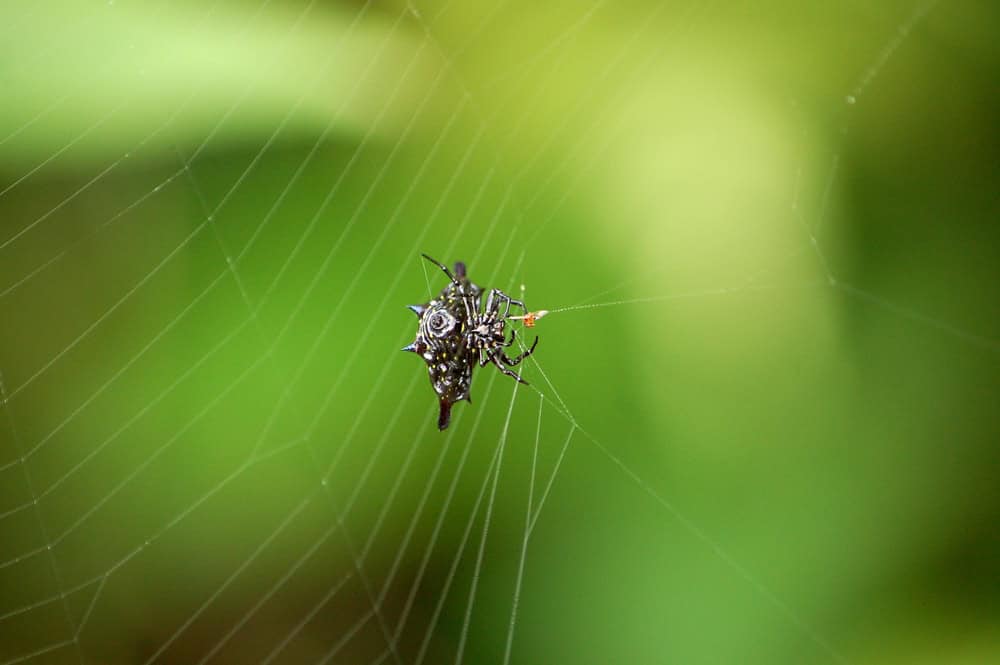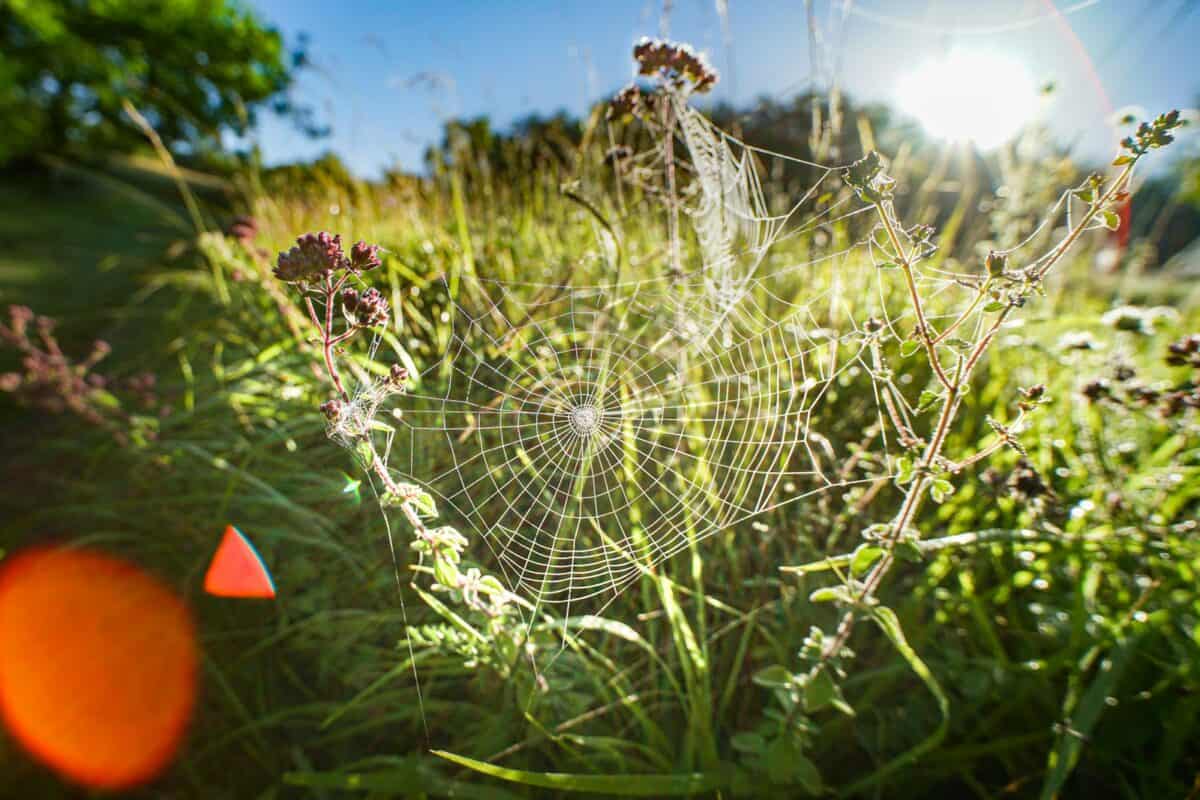Spiders are some of nature’s most intriguing creatures, often misunderstood and undervalued in their ability to foretell the weather. Unlike the more traditional weather predictors, spiders serve as nature’s unconventional forecasters, offering subtle signs of weather changes based on their behavior. In exploring these twelve captivating ways spiders predict weather shifts, we uncover the mysterious world within their webs and behaviors, providing insights into the symbiotic relationship between our environment and its tiny, silent residents.
Changes in Web Building Patterns

One of the most noticeable ways spiders can predict the weather is through alterations in their web-building patterns. When a storm is approaching, spiders may build their webs closer to the ground or make them more dense. This behavior mitigates the risk of webs being destroyed by strong winds or heavy rain, ensuring their structural integrity during turbulent weather conditions.
Increased Web Repair Activity

Spiders are diligent property caretakers, especially when anticipating weather changes. Before rough weather, they often intensify their web repair activities. This heightened maintenance ensures their webs are at peak efficiency in capturing prey when the weather calms and insects become more active, a necessity for sustaining their survival.
Early Web Construction

An impending storm may prompt a spider to spin its web earlier in the day than usual. This pre-emptive web construction allows them to maximize food capture before the weather turns unfavorable. Early web construction is a subtle yet effective way for spiders to adapt their hunting strategy in anticipation of changing weather conditions.
Descent from Webs

Before heavy rainfall or a storm, spiders often leave their webs and retreat to dry, sheltered areas. This behavior not only protects them from the elements but also signals the anticipation of harsh weather. Observing spiders vacating their webs can be an early warning sign of incoming weather disruptions.
Increased Spider Movement

Weather changes may be foreshadowed by increased spider activity. Spiders are known to roam away from their typical locations, seeking shelter or secure spots when they sense changes in atmospheric pressure or humidity. This increase in mobility serves as a natural indicator of imminent weather shifts.
Web Orientation Adjustments

Spiders demonstrate remarkable adaptability by altering the orientation of their webs in response to weather predictions. By aligning webs in a way that minimizes wind resistance or rain exposure, spiders display an innate ability to respond to environmental cues, optimizing their survival strategy.
Web Reduction Before Rain

In some cases, spiders may intentionally reduce the size of their webs before rain. This behavior minimizes the risk of larger webs becoming drenched or weighed down by excessive moisture, which can lead to collapse or ineffective prey capture. Smaller, more robust webs are less susceptible to damage during inclement weather.
Hiding in Protective Spaces

When adverse weather is on the horizon, spiders often retreat to protective spaces such as under rocks, leaves, or within crevices. This behavior serves as a protective measure against environmental stressors like heavy rain or winds. Observing spiders seeking refuge is a reliable indication of forthcoming weather changes.
Lower Web Building

Faced with the threat of strong winds or potential flooding, some spiders build their webs lower to the ground. This strategic positioning reduces the impact of wind and helps avoid water accumulation in their webs, allowing spiders to maintain their hunting capabilities despite challenging weather conditions.
Behavioral Shifts in Temperature Extremes

Spiders can sense drops in temperature and make corresponding behavioral adjustments. In anticipation of cooler weather, they may reduce activity or expand their webs to capture warming sunlight. These adaptive behaviors help maintain their energy levels and ensure survival during periods of environmental fluctuation.
Reduced Silk Production

In preparation for harsh weather conditions, spiders might reduce their silk production. Conserving resources enables them to survive prolonged periods when prey is scarce due to unfavorable weather, allowing them to efficiently manage energy and material reserves until conditions improve.
Intricate Web Design Innovations

In anticipation of changing weather, some spiders may innovate their web designs to include more intricate elements that enhance their stability and effectiveness. These modifications, such as reinforced anchor points or additional layers, demonstrate the extraordinary adaptability of spiders as they intuitively respond to environmental cues.
Spiders are fascinating creatures, capable of offering a window into the natural world through their behaviors and adaptations. By paying closer attention to these eight-legged forecasters, we can gain an understanding of the delicate balance between nature and its inhabitants. While spiders may not replace traditional meteorologists, their silent predictions can serve as a reminder of the intricate and interconnected world we share.
- The Ultimate Survival Strategy of Hibernating Animals - August 17, 2025
- From Feast to Forbidden: Why Horses Are Off the Menu in Many Countries - August 17, 2025
- The Most Fearless Mountain Lions Ever Spotted in the US - August 16, 2025

